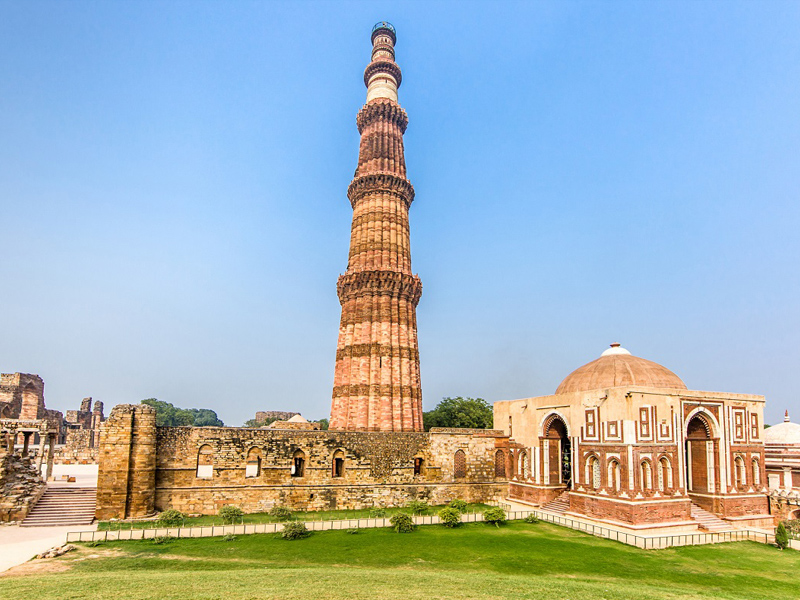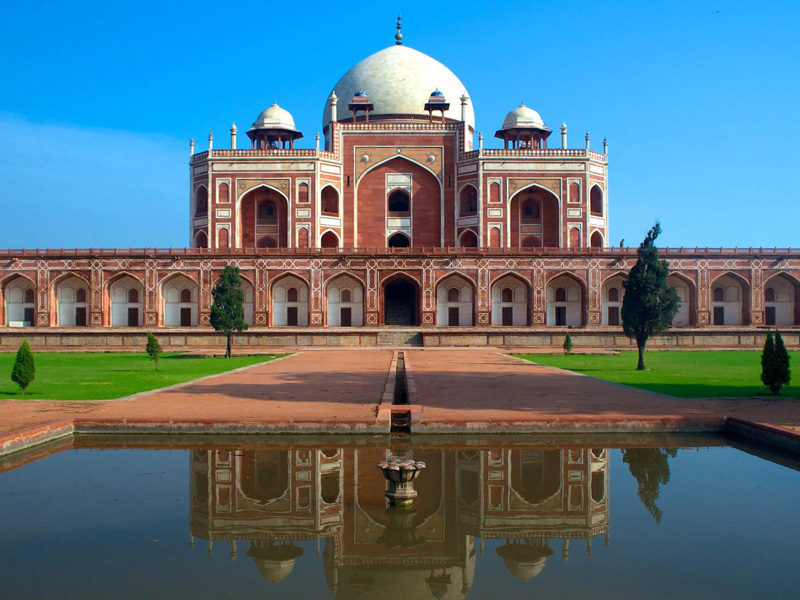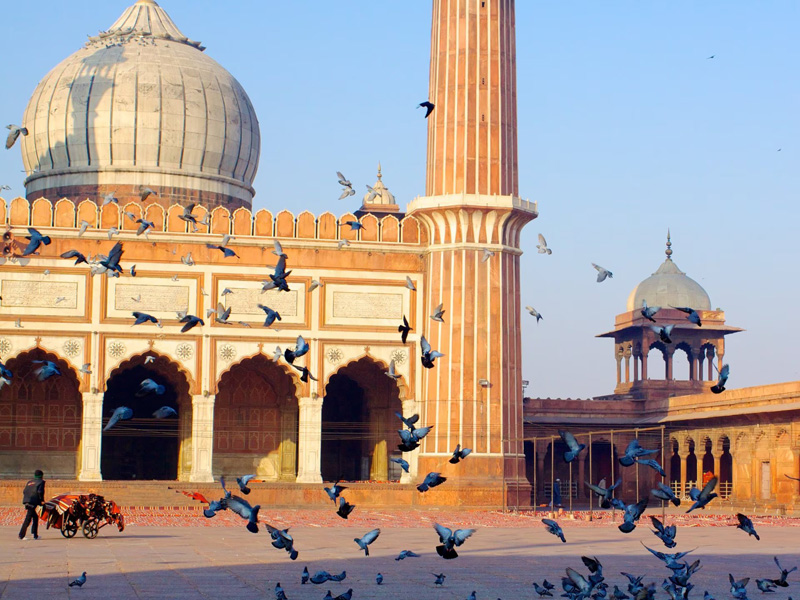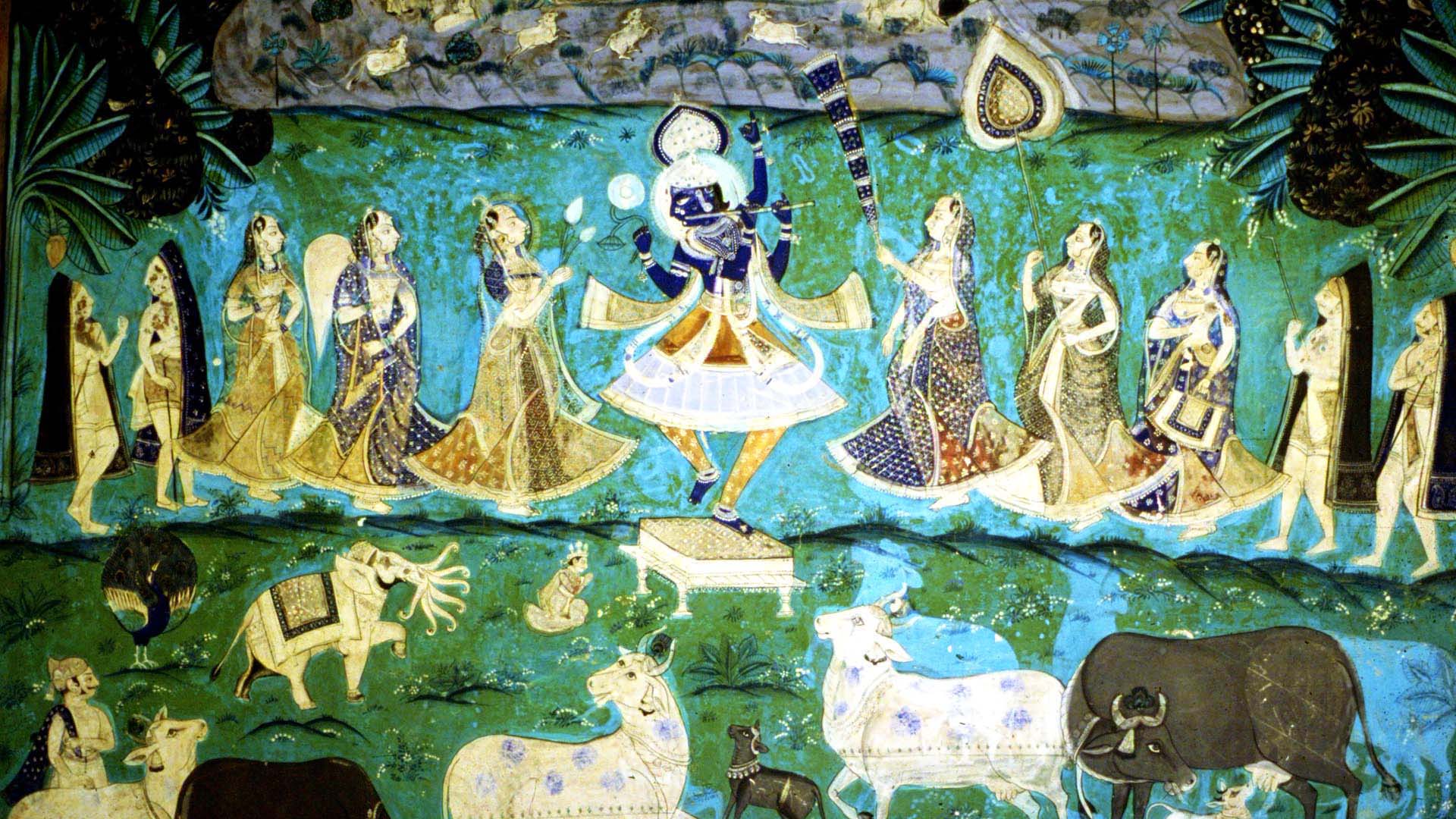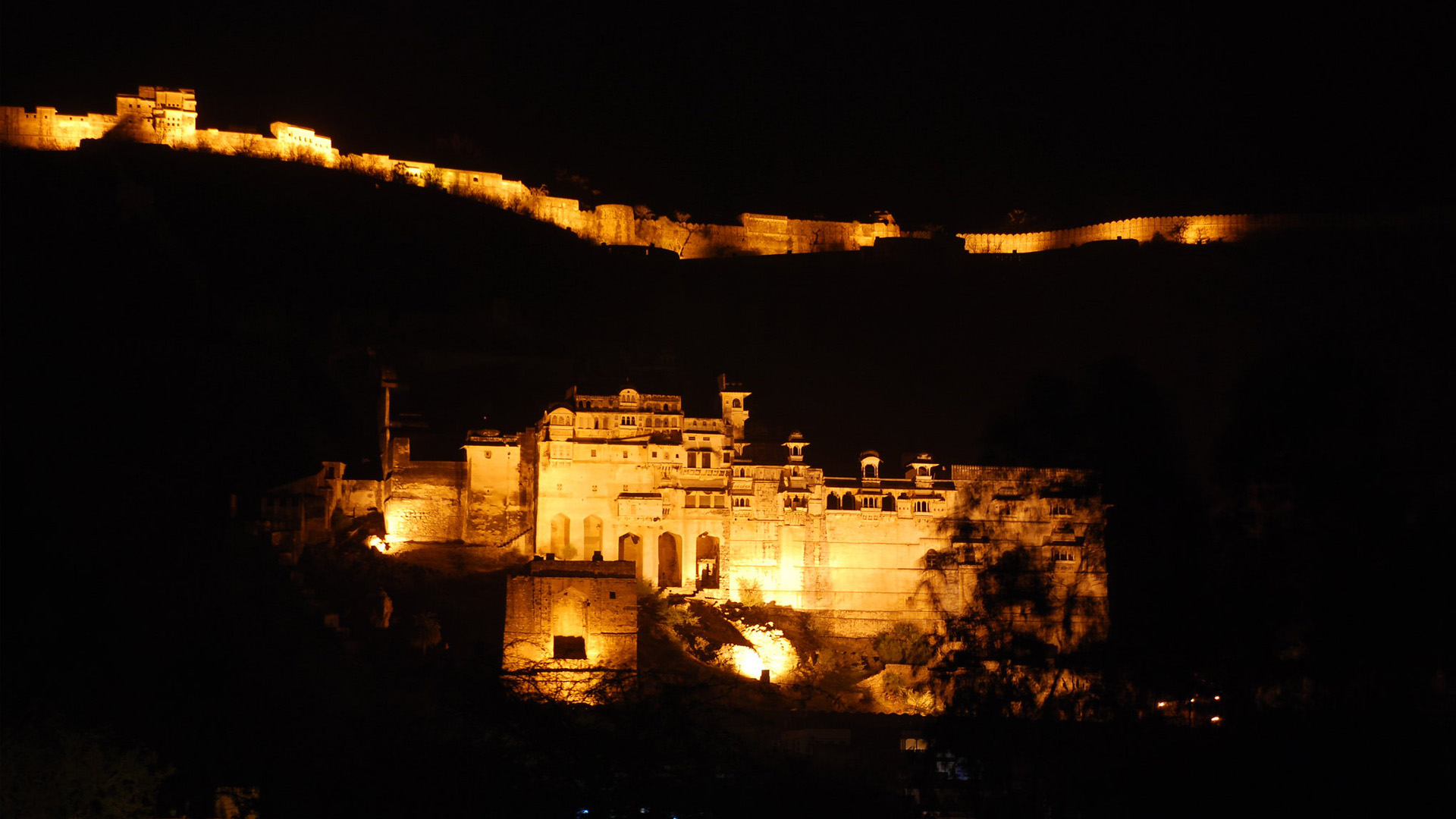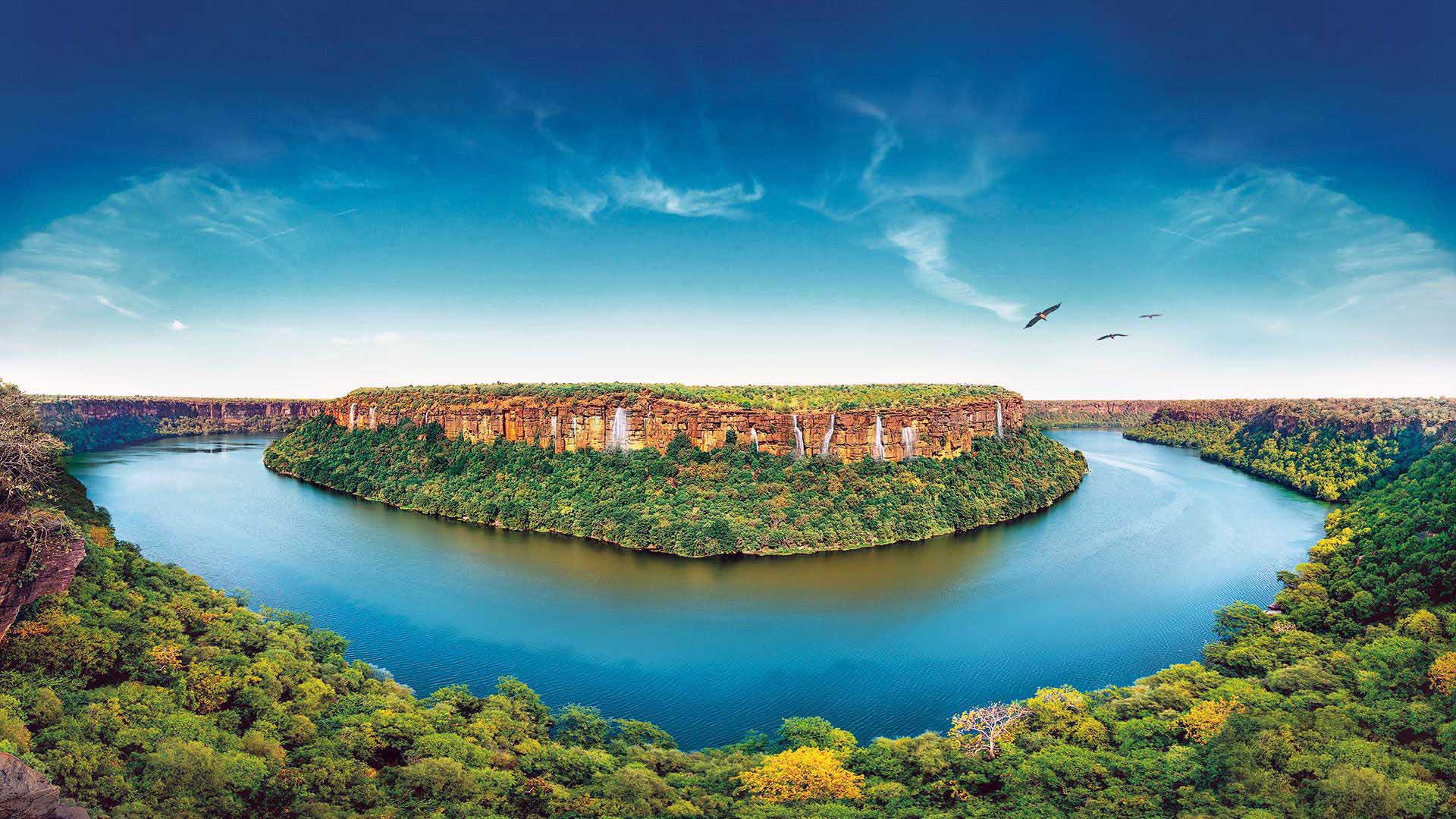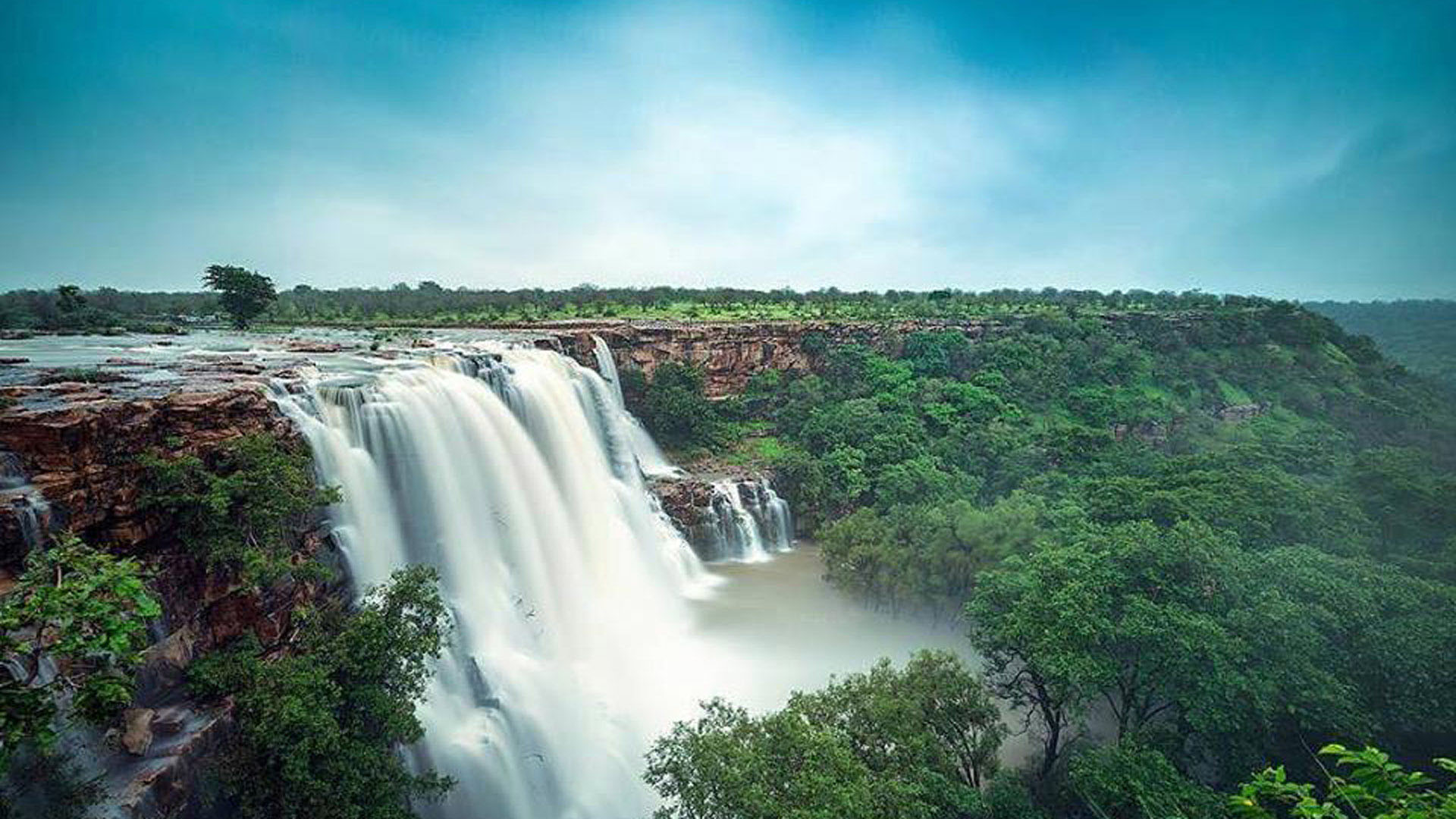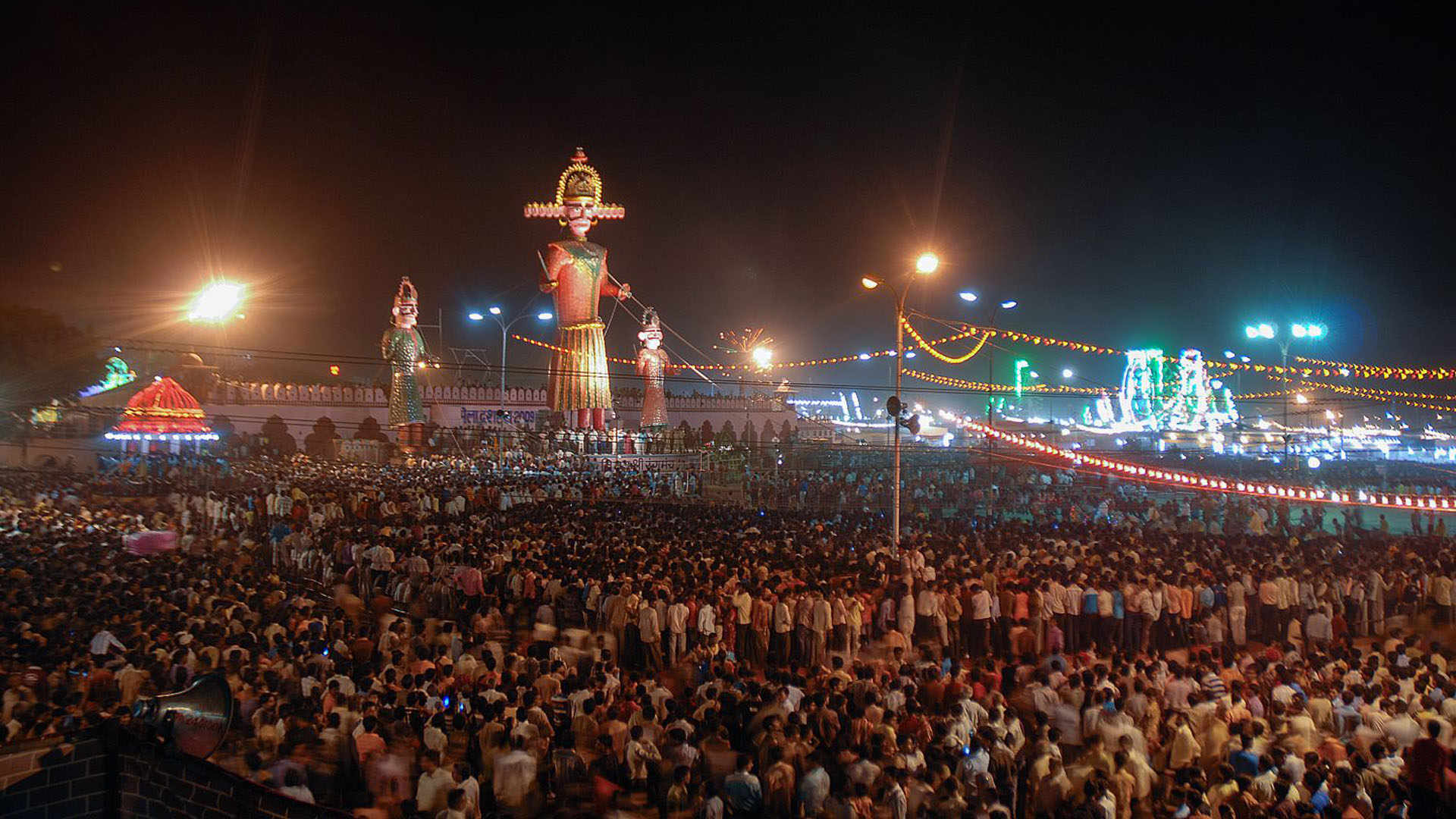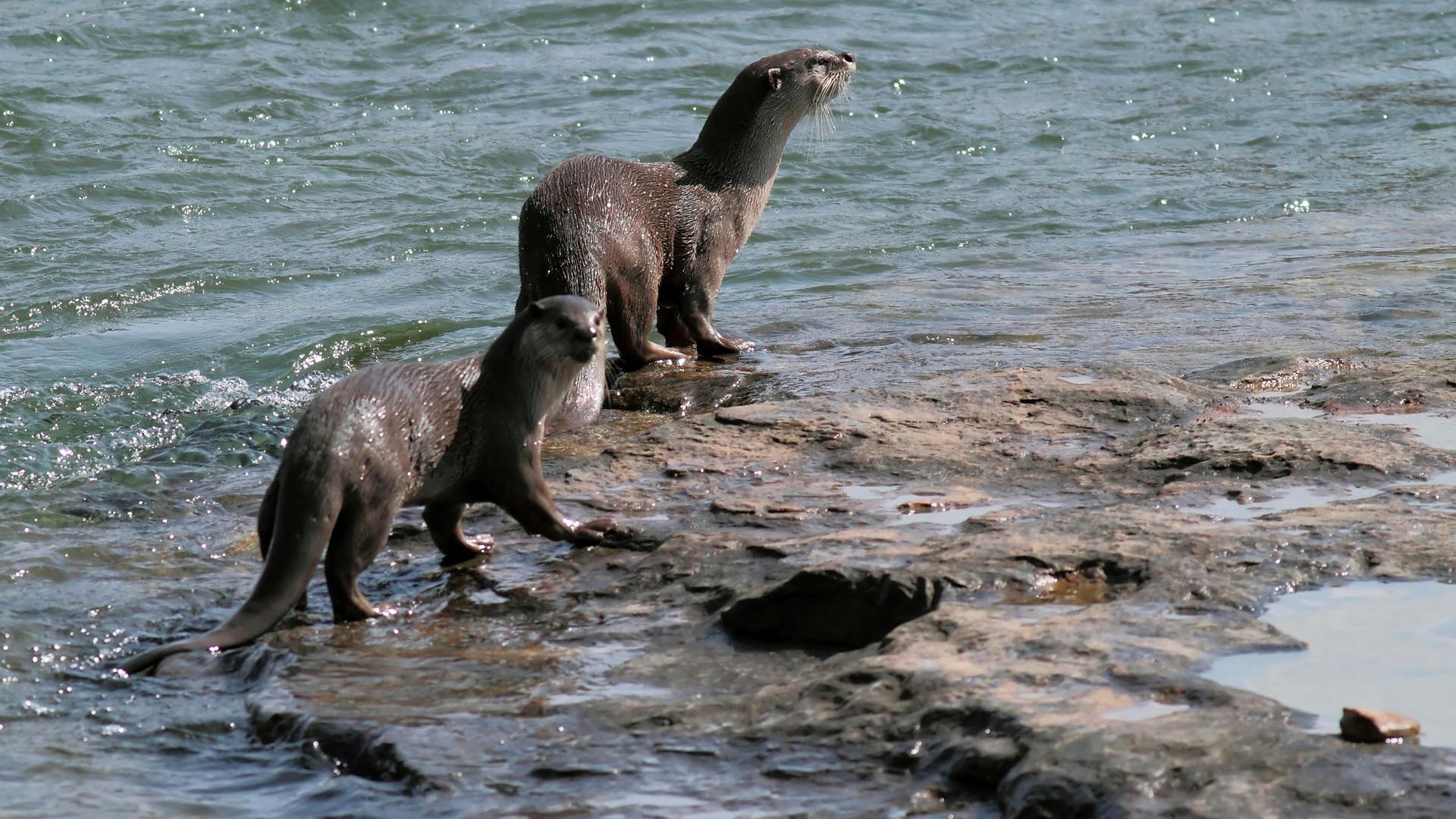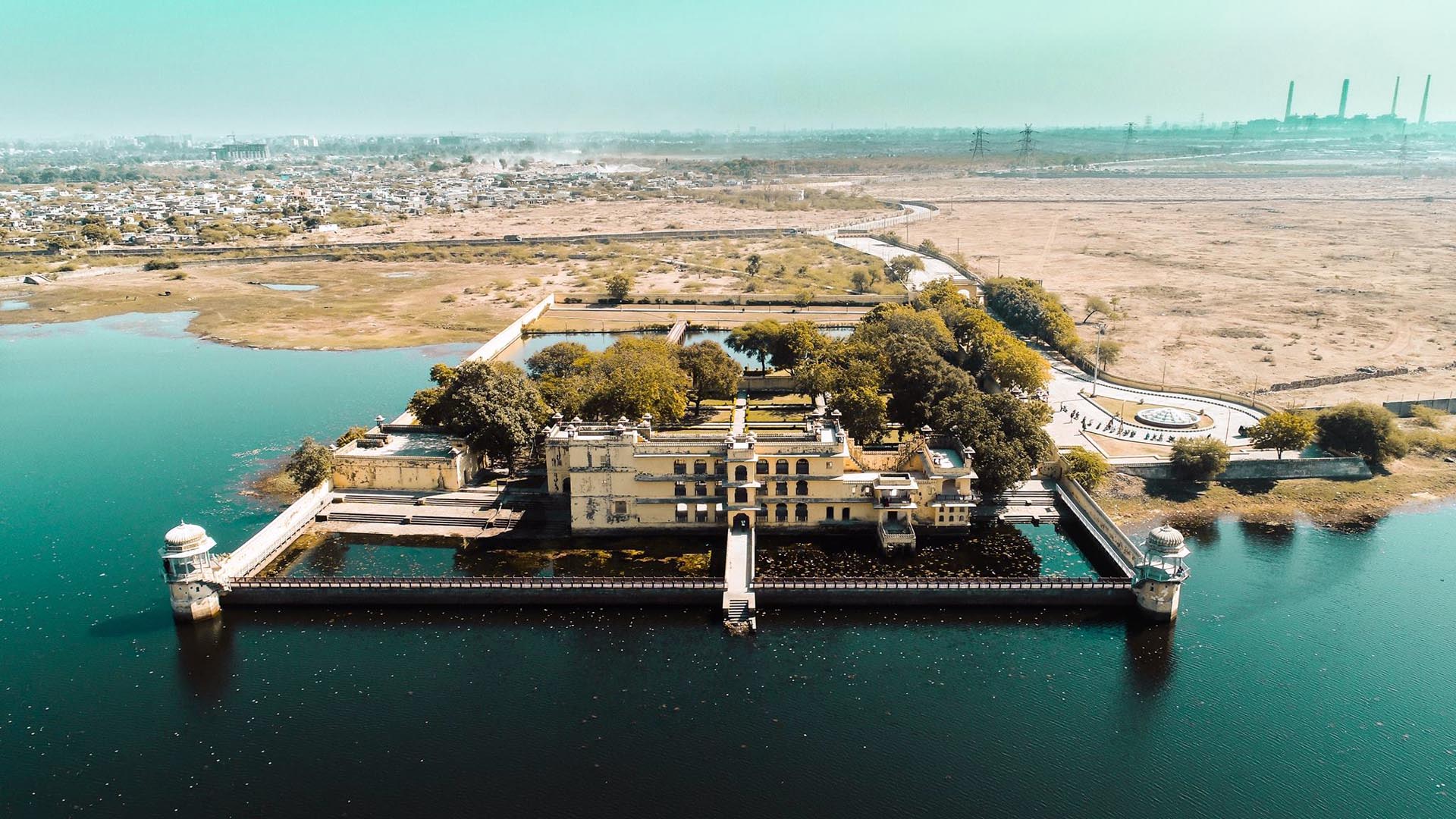Call Us Anytime
+91 93526-05429Tour Detail...
Magical Rajasthan Tour
Duration : 14 Day / 13 Night
Place : Delhi - Agra - Jaipur - Udaipur - Ranakpur - Jodhpur - Jaisalmer - Bikaner - Mandawa - Delhi
Day1 : Arrive at Delhi
On arrival in Delhi, you will be welcomed by our executive and transferred to your hotel (Rooms will be booked from 1200 hrs to facilitate immediate check in).
New Delhi, the capital and the third largest city of India is a fusion of the ancient and the modern. Standing along the West End of Gangetic Plain, the capital city, Delhi, unwinds a picture rich with culture, architecture and human diversity, deep in history, monuments, museums, galleries, gardens and exotic shows. Comprising of two contrasting yet harmonious parts, the Old Delhi and New Delhi, the city is a travel hub of Northern India. Narrating the city's Mughal past, Old Delhi, takes you through the labyrinthine streets passing through formidable mosques, monuments and forts. The imperial city of New Delhi displays the finely curved architecture of British Raj.
Overnight in the Hotel.
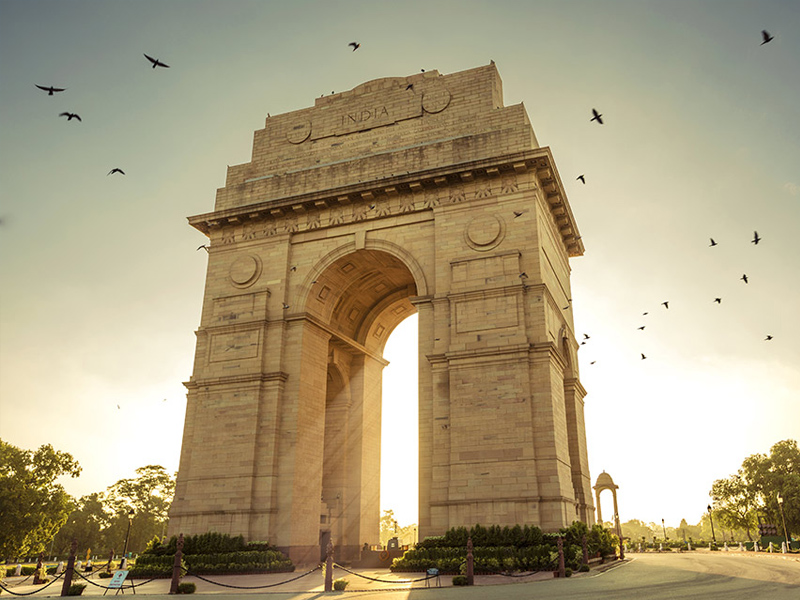
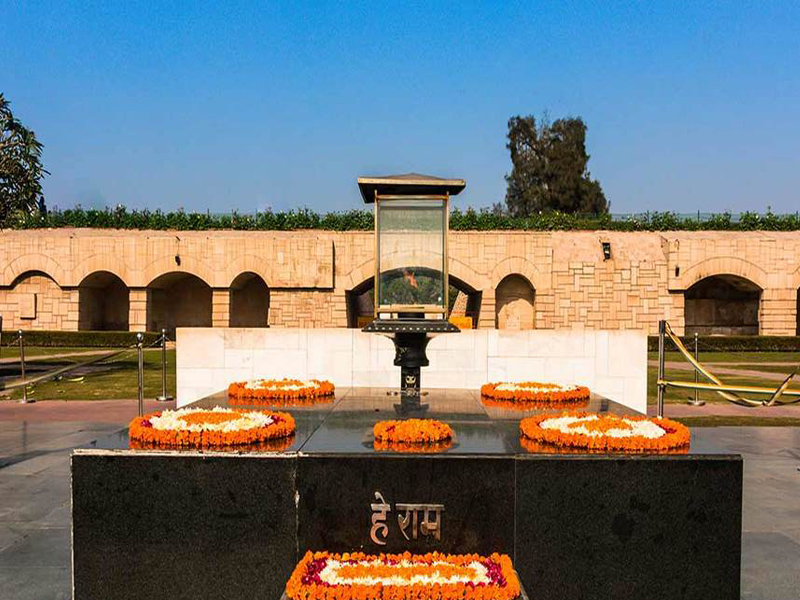
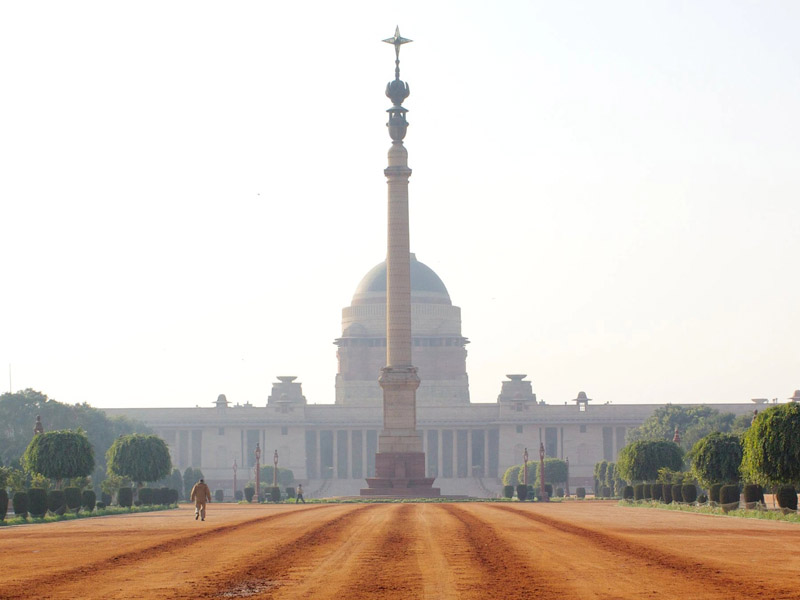
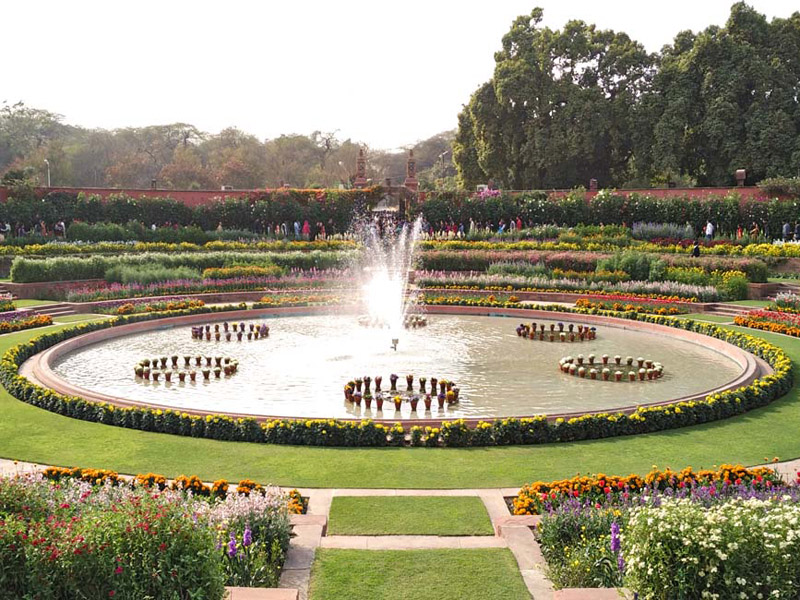
Day2 : Delhi - Agra
Start for Agra early in the morning after breakfast. The city of Mughals offers you an opportunity to explore the massive monuments, majestic buildings, and the popular arts and crafts. The architectural splendor of the mausoleums, the fort and the palaces is a vivid remainder of the mausoleums, the fort and the palaces is a vivid reminder of the capital in the capital in the 16th and early 17th centuries.
En-route you will visit the Sikandra - Mughal Emperor Akbar's Mausoleum.
Visit TajMahal (TajMahal remains closed on Friday), a poem in white marble, built by Shah Jahan in memory of his beloved wife, MumtajMahal. It took twenty-two years and hard toil of more than twenty thousand workers to construct TajMahal. The beauty of the TajMahal is enchanting and it reflects the marvelous beauty of architecture. TajMahal symbolize the richness of art and architecture of the Mughal period.
After TajMahal visit Agra Fort; built by Emperor Akbar on the west bank of the river Yamuna and beautified with palaces and gardens by Jehangir, Agra Fort today dominates the centre of the city. The crescent-shaped fort with its 20-metre high, 2.4-km outer walls contains a maze of buildings that form a small city within a city.
Overnight will be at hotel in Agra.
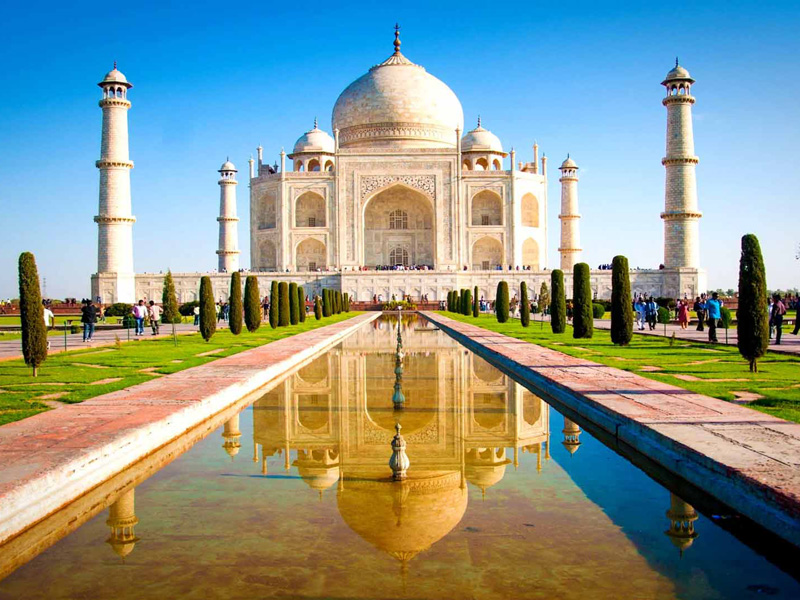

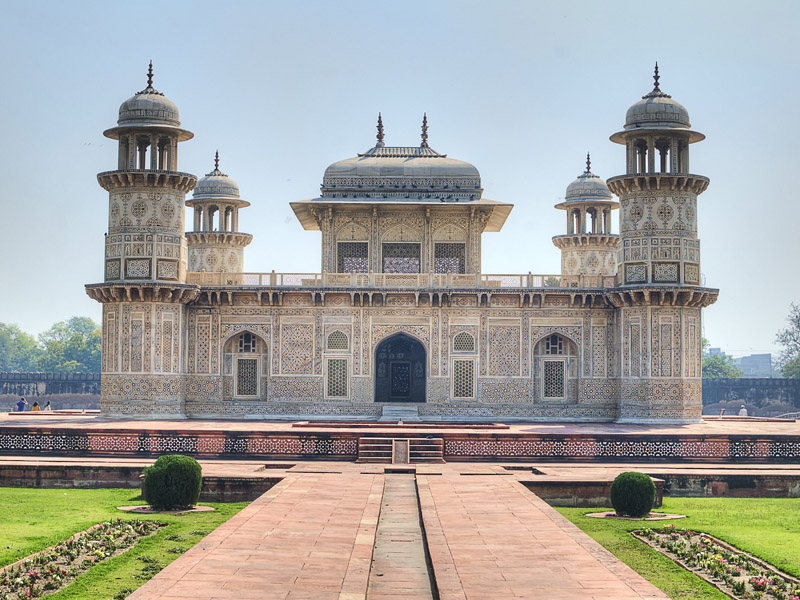
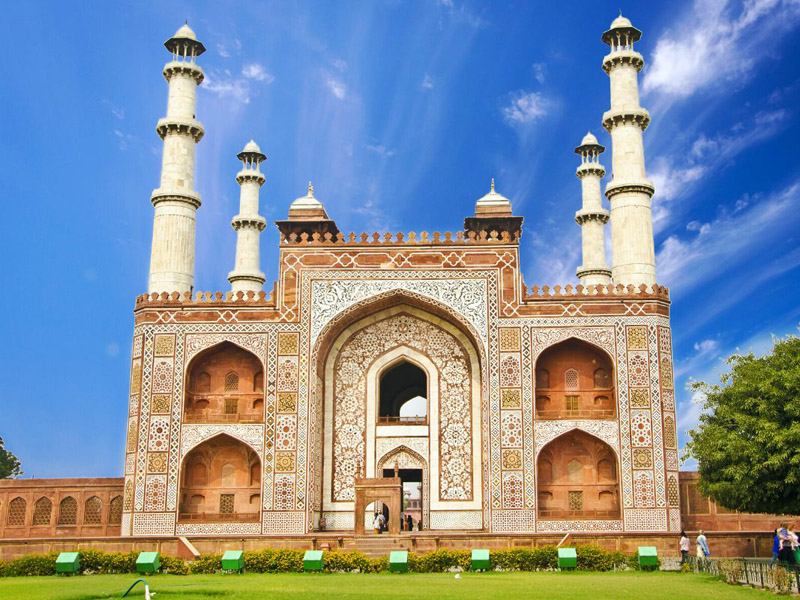
Day3 : Agra - Jaipur
Breakfast will be at the hotel. Drive to Jaipur - Jaipur was established by Maharaja Jai Singh II (1693-1743) and painted pink by Maharaja Man Singh II when Prince of Wales, later Edward VII, visited Jaipur in 1876. The Royal heritage of Jaipur lives in its architecture and culture. The city in pink is symbolic of the hospitality that reigned in the Rajput culture.
On the way visit FatehpurSikri. It is a beautiful and deserted medieval city built by Akbar the Great in the 16th century to serve as the capital of his vast empire. The Mughals later abandoned this city for lack of water. FatehpurSikri had a short life of splendor. Once Akbar left it in 1585, it never regained its lost importance and has remained the most magnificent and well-preserved ghost city of India.
Overnight will be at hotel in Jaipur.
Day4 : Jaipur
After breakfast, have excursion trip to Amber Fort with Jeep / elephant ride.
En route, make a photo stop at the Palace of Winds (HawaMahal). HawaMahal is a sample of the perfection of the architecture. HawaMahal was built with the pink & red sandstone, beautifully carved and outlined with white border and motif
Amber Fort is situated on the crest of a hill seven miles north of Jaipur is Amber, capital of the KuchwahaRajputs from 1037 to 1728. Man Singh I built it in a style to rival Mughal grandeur and opulence.
In afternoon visit City Palace, a combination of conventional Rajasthani and Mughal architecture. City Palace complex has more than a few palatial structures. City Palace is a huge complex, which houses many courtyards, gardens and buildings.
Also visit JantarMantar, built between 1716. It is located within the city palace. JantarMantar contains a collection of instruments for observing the movements of sun, moon, planets and stars. It was built to develop the interest of the people in Astronomy.
Overnight stay at hotel.


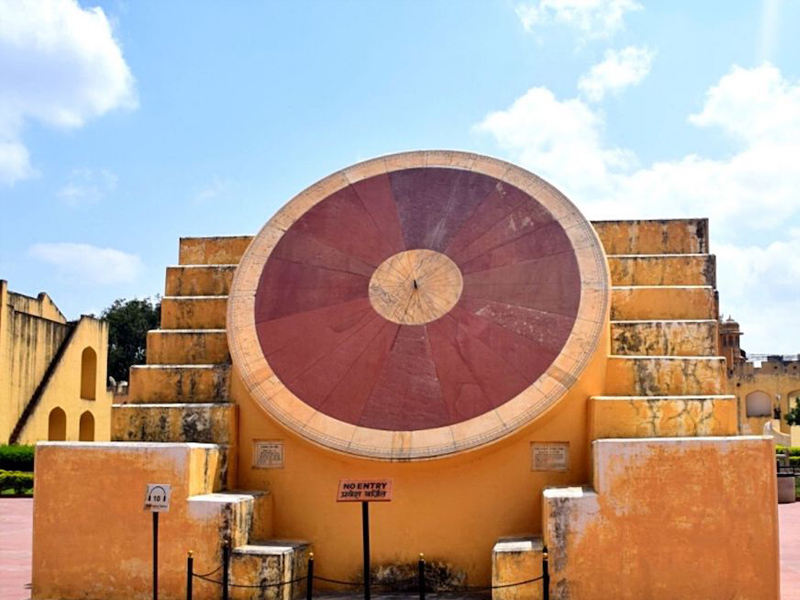
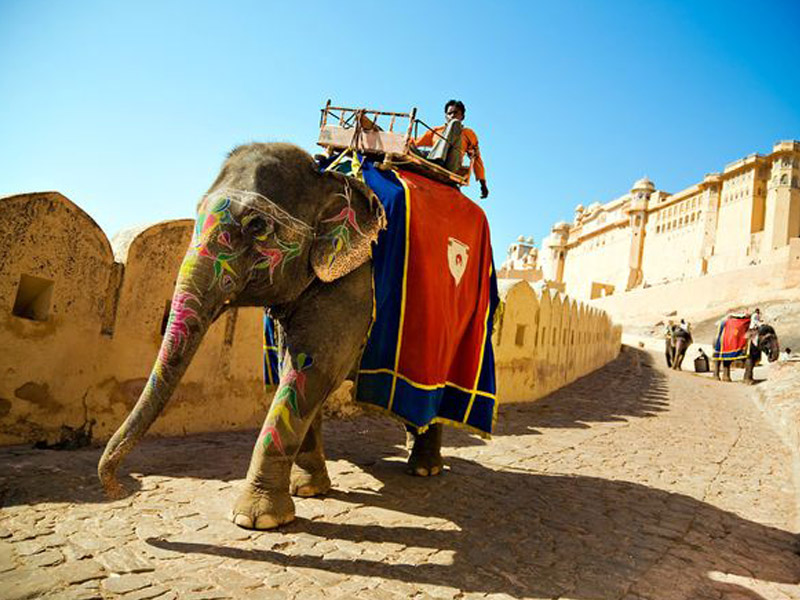
Day5 : Jaipur - Udaipur
After breakfast drive to Udaipur - - the lake city is an enthralling tourist destination in Rajasthan. It is an important city in Rajasthan today, attracting a large number of tourists. The medieval attractions of the city are its chief draw, but the scenic beauty of Udaipur and its surroundings is also a major attraction for the tourists. There are some beautiful lakes, man made as well as natural that give the city the sobriquet of 'the lake city'.
Overnight in at the hotel.
Day6 : Udaipur
After breakfast visit the City Palace towering over the Pichola Lake. MaharanaUday Singh initiated in the construction of the palace but succeeding Maharanas added several palaces and structures to the complex retained a surprising uniformity to the design.
The entry to the Palace is from the Hati Pol, the Elephant gate. It was once a custom that the Maharana would weigh under this gate in gold and silver, which was distributed to the populace. It is also now the main ticket office. Balconies, cupolas and towers surmount the palace to give a wonderful view of the lake.
Visit the Jagdish Temple; built by MaharanaJagat Singh I in 1651, the temple enshrines a black stone image of Lard Vishnu. There is a brass image of Garuda the Lord Bird carrier. The exterior and the plinth are covered with base relief of alligators; elephants, horsemen and celestial musicians rise in tiers. Chanting, bells and music can be heard throughout the day. It is the largest and most splendid temple of Udaipur.
In the evening enjoy boat ride on the Lake Pichola. This picturesque lake encloses the Jag Niwas Island and the Jag Mandir. And, the City Palace extends along its eastern banks.
Return back to hotel for overnight.
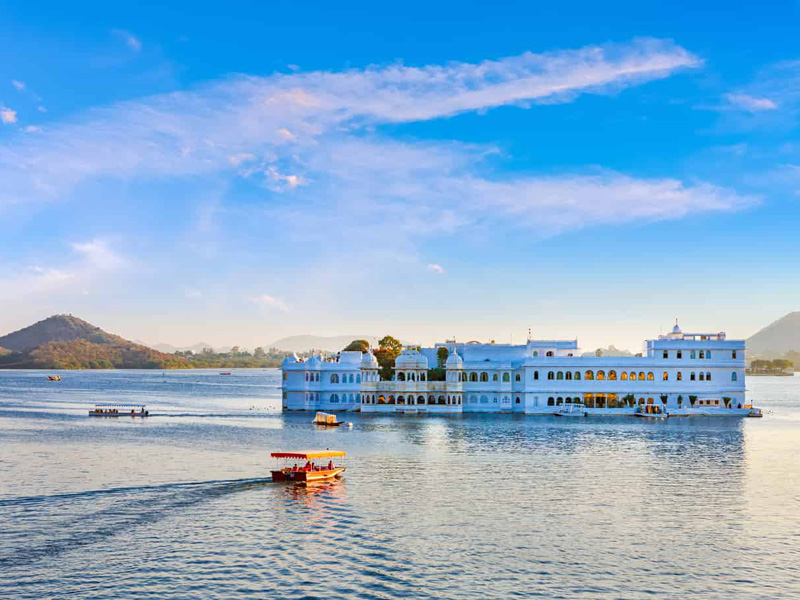
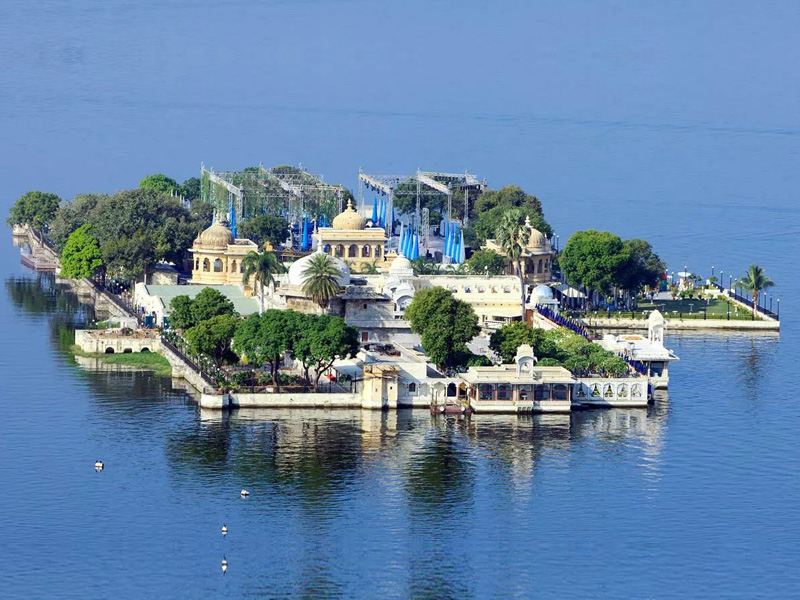
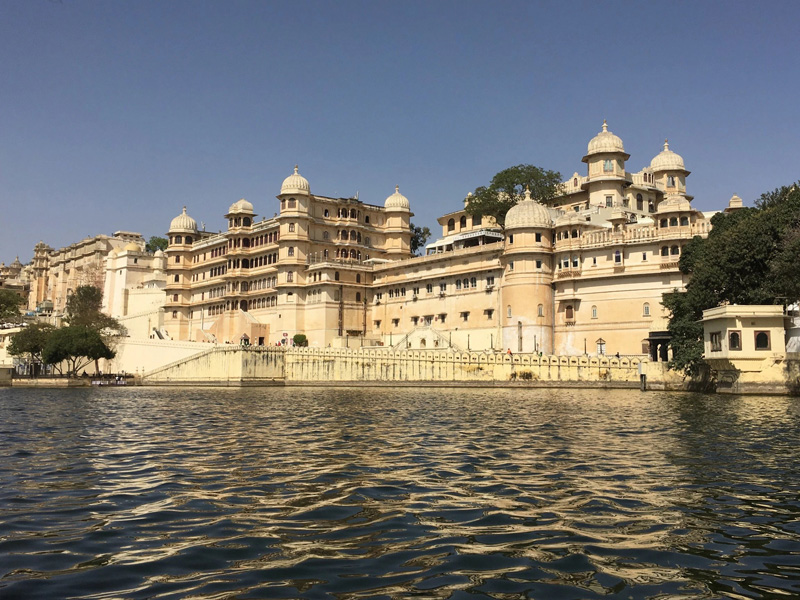

Day7 : Udaipur - Jodhpur
After breakfast drive to Jodhpur - the second largest city of the state of Rajasthan, Jodhpur. The Rajput chief RaoJodha founded the city of Jodhpur in 1459. Earlier, it was the capital of the Marwar state of Rajasthan. A 10-km-long wall made of stone surrounds the city.
En-route, visit the Ranakpur Temples, dating back to the 15th century. 200 pillars, none of which are alike, support its 29 halls. The Temple abounds with intricate friezes and sculptures. Includes visits to two more Jain temples and the Temple of the Sun God with its erotic sculptures.
Relax in the hotel and visit the museum of UmaidBhawan Palace. Overnight at Jodhpur.
Overnight in at the hotel.
Day8 : Jodhpur
Morning go for a village safari in the jeep and have a rare glimpse into the rich culture and true essence of India. Abundant wildlife (game) and memorable moments of the great desert landscape fascinates one while driving along the countryside.
Visit Mehrangarh Fort situated on a 125m-sandstone hill built by RaoJodha in 1459. Situated at an altitude of about 125 meters, the Mehrangarh Fort of Jodhpur is spread over an area of 5 sq. km in the heart of the city of Jodhpur. Have a walk in the Fort Complex and in old city.
The JaswantThada is a white marble memorial built in memory of Maharaja Jaswant II in 1899.
Overnight in at the hotel.
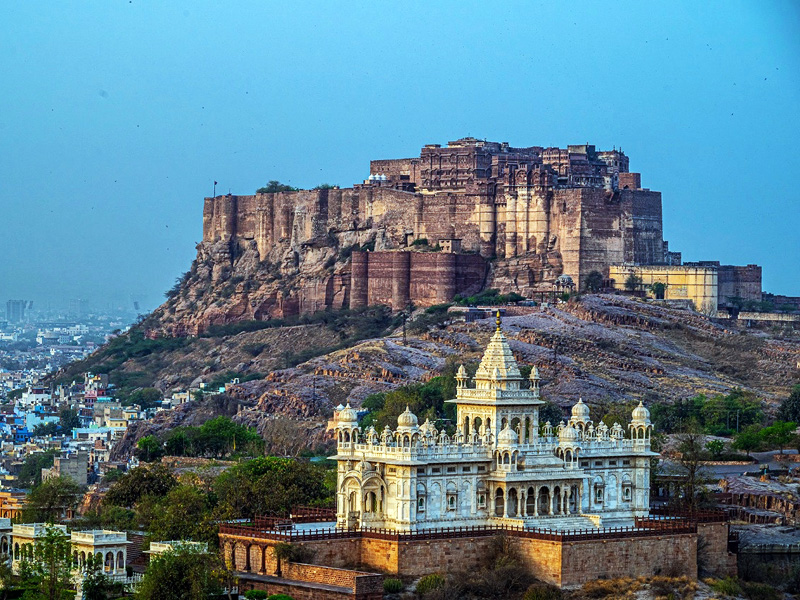
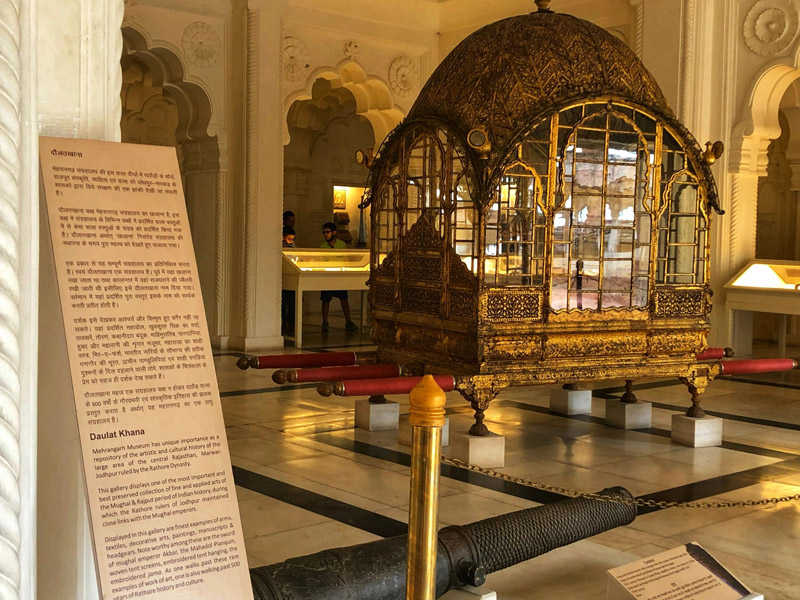
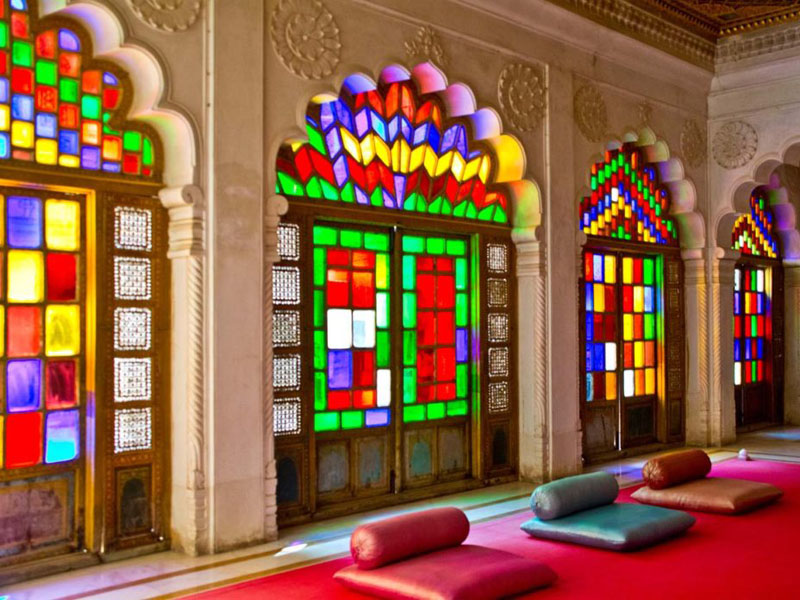
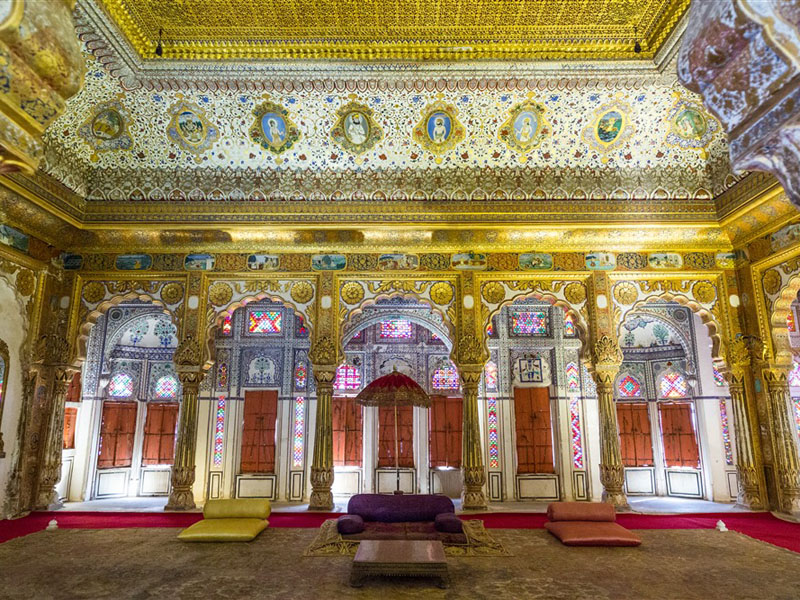
Day9 : Jodhpur - Jaisalmer
After breakfast drive to Jaisalmer - induces a dramatic picture of utter magic and brilliance of the desert. The hostile terrain not with standing the warmth and color of people is simply over whelming. One of the main draws is the daunting 12th century Jaisalmer Fort and beautiful havelis which were built by wealthy merchants of Jaisalmer are yet another interesting aspect of the you can let your eyes caress the sloppy sand dunes while you ramble your way in a camel safari. Bhatti Rajput ruler RawalJaisal, after whom the city finds its name, founded Jaisalmer in 1156.
The drive passes by dry vegetation, with villages of colorfully dressed people. Plenty of camels and camel carts, sheep and goats pass you by.
On arrival in Jaisalmer, check in the Hotel.
Rest the day is free at leisure. Overnight in at the hotel.
Day10 : Jaisalmer
In the morning have half-day sightseeing tour of Jaisalmer.
Visit Jaisalmer Fort, over the Trikuta hill, this fort is the biggest and the most beautiful landmark of the city. The fort is occupied by shops, stalls, and a number of other business concerns. It is also known as Sonar Quila or the Golden fort, rising from the sand, the mega structure merges with the golden hues of the desert ambience.
The Jain temple, situated inside the fort, made between 12th and 15th century, bears testimony to Rajasthan unique artistry
Visit the havelis; the mansions built by the wealthy merchants, which are still in very good condition. The intricate craftsmanship is beyond parallel. The havelis like the Patwon-ki-Haveli and Salim-Singh-ki-Haveli are remarkable for their exclusive cutwork, yellow and red stone treatment and the bracket-shaped decoration of peacocks.
The rich merchant inspired by the classic style of the royals, constructed huge mansions (havelis) adjacent to each other in the nature of medieval culture and profusely decorated walls and ceilings and intricately carved outdoors and interiors.
PM - an excursion to Sam sand dunes. No trip to Jaisalmer is complete without a sunset trip to the picturesque sand dunes of Sam and a camel safari. The ripples on the wind-caressed dunes; the numerous musicians and dancers are a photographer's delight.
Overnight in at the hotel.

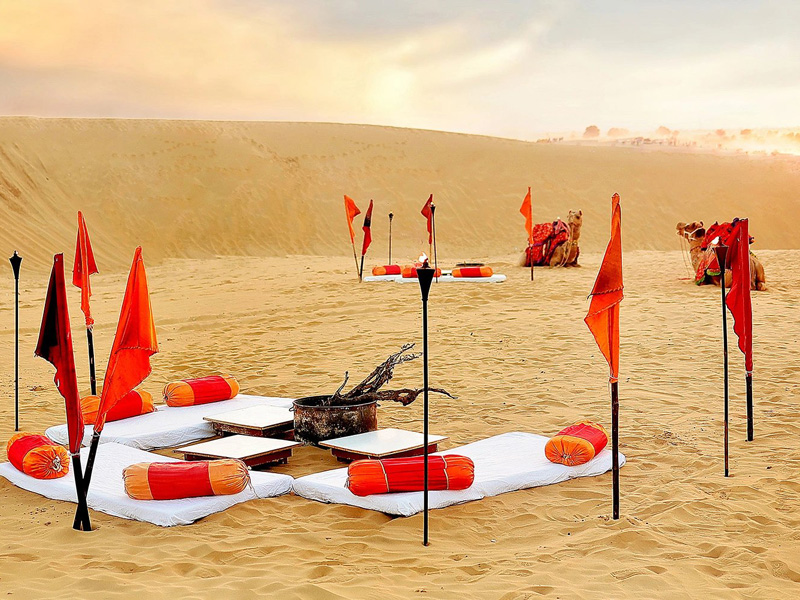
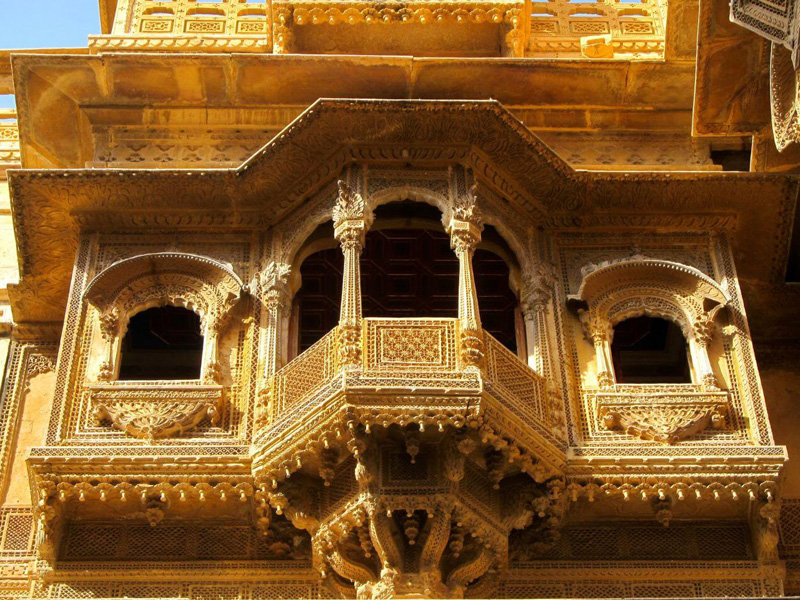
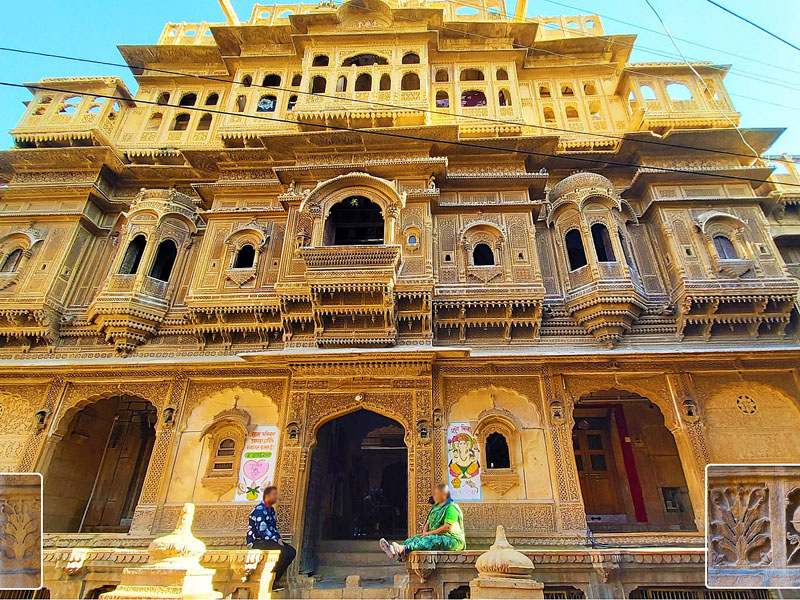
Day11 : Jaisalmer - Bikaner
After breakfast drive to Bikaner - Lying in the north of the desert state, the city is dotted with scores of sand dunes. Bikaner retains the medieval grandeur that permeates the city's lifestyle. More readily called the camel country; the city is distinguished for the best riding camels in the world and hence boasts of having one of the largest Camel Research and breeding farm in the world.
The history of Bikaner dates back to 1488 when a Rathore prince, RaoBikaji (a descendant of the founder of Jodhpur, RaoJodhaji), established his kingdom here. It has faced many foreign intrusions and fought a number of wars with the Mughals and the British.
Visit Deshnok the Rat Temple. Karni Mata Temple, Deshnoke lying at the distance of 30km from Bikaner. Visit the 600 years ancient shrine of Goddess Karni. You will be astonished to see that besides the Goddess the other deity of the temple are rats. The people have a strong notion that these rodents will be reincarnated as divine human.
Overnight in at the hotel.
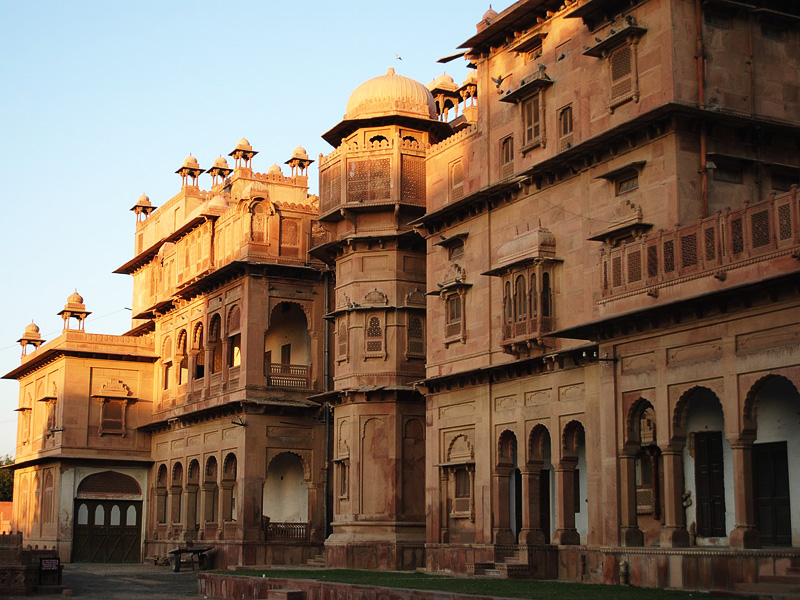
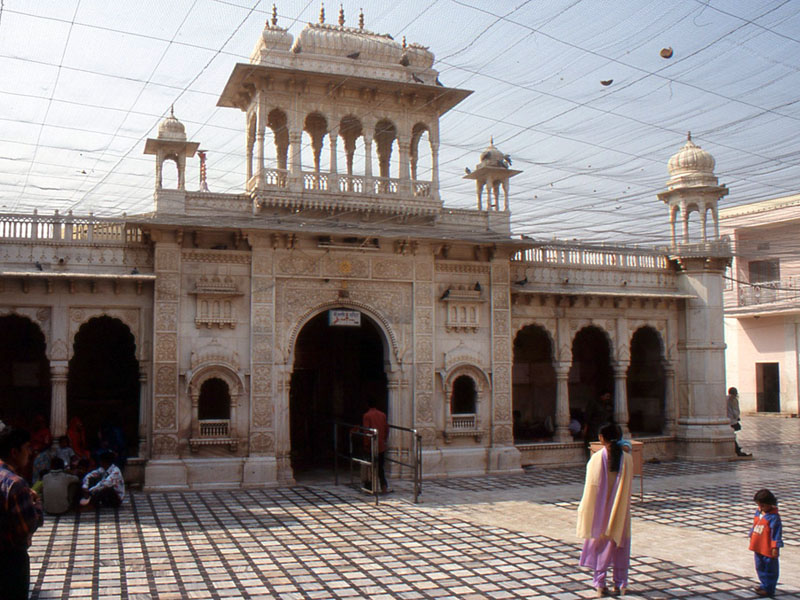
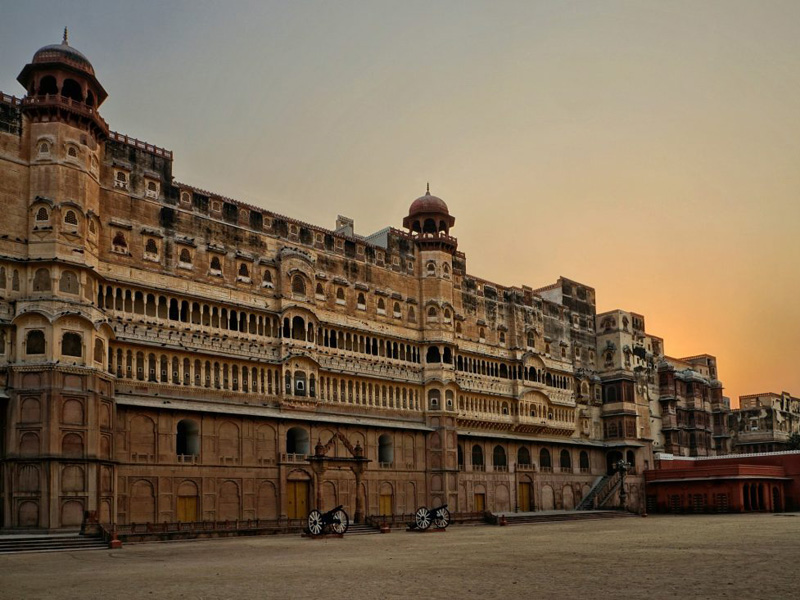

Day12 : Bikaner - Mandawa
Breakfast at hotel. Proceed for sightseeing tour of Bikaner.
Visit Junagarh fort was built by a Mughal army general, Raja Rai Singh, in 1593. The courtyard of the fort along with the balcony, kiosks and windows are perfect examples of the artisanship of that time. The beautiful cutworks and dots on the red stones and the marbles are fascinating. The various part of the palace-the Dewan-i-khas, the PhoolMahal, HawaMahal, BadalMahal and AnupMahal-reflect the glorious architecture of Bikaner
Drive to Mandawa - - The medieval Fort of Mandawa gradually rises on the horizon like a mirage. A breathtaking view of the town can be seen from the terrace of Castle Mandawa. Precious collection of arms with jade handles, traditional ceremonial costumes can be seen at the Museum at the Castle. The havelies worth a visit are Chokhani, Saraf, Goenka and Ladia in this town. Built in 1775 by Thakur Nawal Singh, descendant of RaoShekhaji, who also founded the city of Nawalgarh. The Castle, now a 51 rooms hotel has no two rooms alike. It also houses an interesting collection of paintings, jade, costumes and antiques. The courtyard and the terrace come to live during evenings with candle-lit dinners and fire-dances during the season. A two hundred and forty year old fortess, that has been converted by the family into a fine example of traditional hospitality.
Reach and check in at hotel.
Take a walking tour of the painted 'havelis' of some of the leading business families of the country. Though they no longer live here, the local caretakers are happy to show the visitors around. Chowkhani Haveli, GulabRaiLadia Haveli, LakshminarayanLadia Haveli, MohahanlalSaraf Haveli and Bhagchandika Haveli are of special interest. Spend the major part of the day looking into frescoes.
Relax for the evening. Overnight at Mandawa.


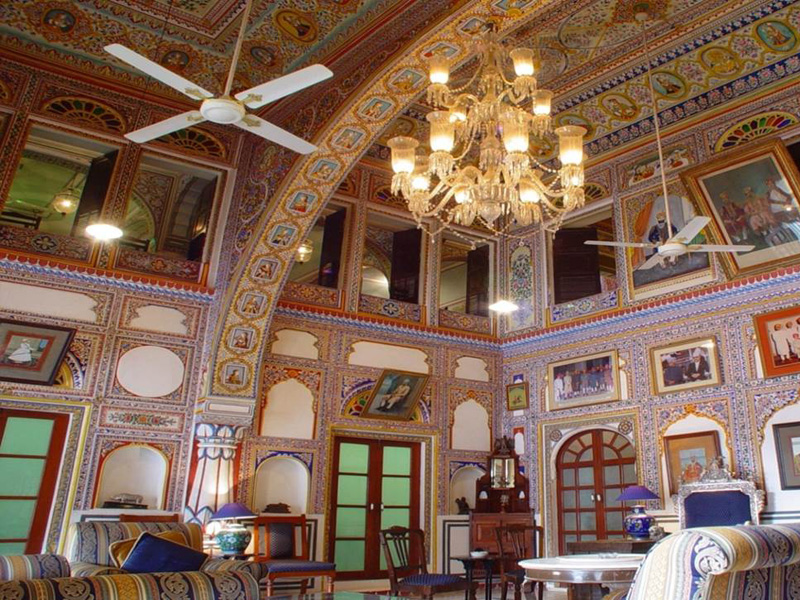
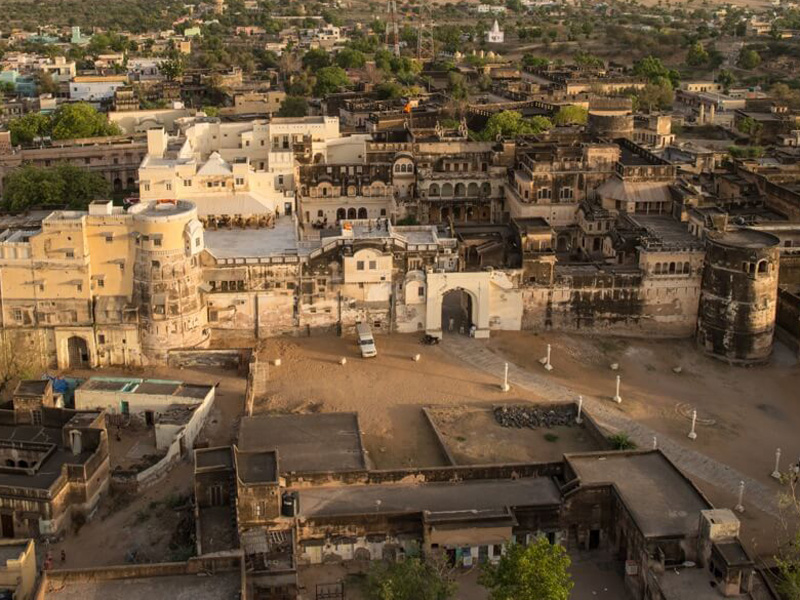
Day13 : Mandawa - Delhi
Breakfast at hotel and drive back to Delhi.
Overnight at hotel.
Day14 : Delhi - Home
Have a healthy breakfast at the hotel and embark on sightseeing tours of Old & New Delhi.
In Old Delhi drive past Red fort, built in Red Sand stone this imposing fort is 3 Kms in perimeter with the height of the wall varying from 18 to 30 meters at places.
Visit Jama Masjid is one of the largest mosques not only in Delhi but also in India. Completed in 1658 this Mosque has three gateways, four angle towers and two 40 m high minarets. Also visit Raj Ghat -Mahatma Gandhi's Memorial.
In New Delhi, drive past Janpath, RashtrapatiBhawan (Hindi for presidential palace) and India Gate is perhaps one of the most impressive structures built in the capital of India. This historic monument was built as a memorial to commemorate the 70,000 Indian soldiers killed in the First World War.
Visit Humayun's Tomb: built in mid 16th century this is an early example of Mughal architecture.
Also visit QutabMinar. It is a one of the finest monuments in India and is 238 feet in height. QutabMinar is 47 feet at the base and tapers to nine feet at the apex. The city tour ends with a visit to Laxmi Narayan Temple (Birla Mandir).
PM - transfer to the airport for flight back home with sweet memories of India.

